Improve Performance and Reduce Risk With Safety Sensors

Posted on Jun 28, 2016 in Robot Sensors
4 min read time
Even though collaborative robots are designed to be inherently safe, it doesn't mean you can just forget about risk. Safety sensors are important for industrial robots, but they can also benefit collaborative robots. They don't just improve safety around the robot, they can also improve its performance!
There are many benefits to adding additional sensors to your collaborative robot. Our eBook "Adding Extra Sensors: How to Get Even More From Collaborative Robots" introduces four of the most popular sensors. It takes you all the way through the process of choosing the right sensor for your collaborative robot application.
Unlike some of the other sensors, safety sensors don't add extra capability to a robot. Instead, they help to ensure that a robot is not a danger to human workers. However, they can also allow you to improve the effective performance of the collaborative robot.
One category of robotic safety sensor, which we cover in the eBook, is presence or proximity sensing. These sensors allow the system to detect when someone, or something, has entered into a particular part of the workspace. There are a wide array of presence sensing technologies, such as light curtains, safety mats, perimeter/edge guards, single beam lasers, laser scanners, protective robot skins, and camera-based safety sensors.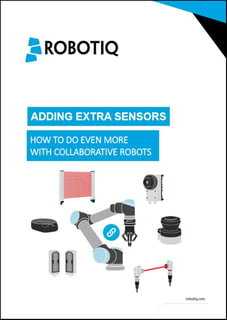
The Benefits of Safety Sensing
In this article, we'll look at the two main benefits of safety sensing. The first, reduced risk, is fairly straightforward. The second is more surprising.
Benefit 1: Reduced Risk
Risk assessment is a fact of life when working with robots. Even though collaborative robots are designed to safely operate alongside humans, you still have to complete a risk assessment when using them. Safety sensors can be a good wa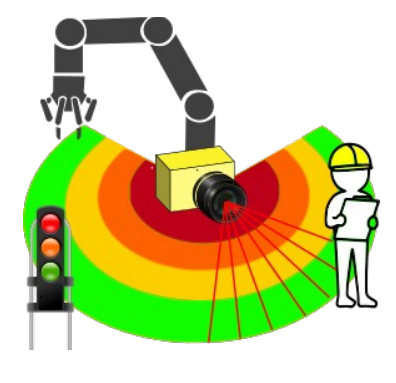 y to reduce the risk of working with a robot without decreasing performance.
y to reduce the risk of working with a robot without decreasing performance.
Our previous eBook “Collaborative Robots: Risk Assessment, An Introduction” takes you through the correct process for completing a risk assessment. It also introduces speed and separation monitoring, which uses safety sensors to reduce the risk of your robot in a more advanced way than with traditional safety fencing.
Speed and separation monitoring involves slowing down the speed of the robot as a person gets closer in its workspace. In this way, the robot doesn't have to stop completely but the safety is still ensured. You can only use safety sensors for this task if you have carried out a risk assessment to demonstrate that it is safe to do so.
Benefit 2: Improved Performance
Reducing risk is not the only benefit of including a safety sensor. Adding a sensor may also allow you to improve the performance of the robot. Consider, for example, the CR-35iA robot from FANUC. It is rated with a maximum safe speed of 250 mm/s. However, when you add safety sensors this increases to 750 mm/s. When no human is near the robot, it means the robot can safely move at a much higher speed.
How valuable would it be for your business if your robot could be safely run 3x faster?
Another benefit of adding safety sensors to collaborative robots is the potential reduction of floor space required for the robot. Traditional robot fencing takes a lot of space in a workplace, even for fairly small robots. Safety sensors allow you to section off only the part of the workplace which is used by the robot, with invisible barriers.
Finally, safety sensors have the potential to turn industrial robots into collaborative robots. You can use them to section off spaces in the workspace for collaborative tasks and selectively program the robot's response to the safety sensor when a human is working within that shared space.
The Challenges of Adding Safety Sensors
There are always challenges when introducing new technology into the workplace. In our "Adding Extra Sensors" eBook, we don't just look at the benefits of each sensing technology; we also discuss the potential difficulties.
Not all sensing technologies can detect certain objects. For example, detection is dependent on the size of the object being detected so smaller objects could be missed. Some sensing technologies cannot detect thin metals or other materials.
Some sensing technologies are also affected by the surrounding environment, either by the materials present in the environment or airborne pollutants. Equipment can also cause problems and proximity sensors placed too close together can interfere with each other.
It's important to consider the challenges of each sensor, as it allows you to select the best technology for your application. There are many technologies for safety sensing; if one doesn't suit your needs, another might.
How could you apply safety sensors to your application? What tasks would they allow you to do that you can't now? What extra information would you like to see in the eBook? Tell us in the comments below or join the discussion on LinkedIn, Twitter or Facebook.


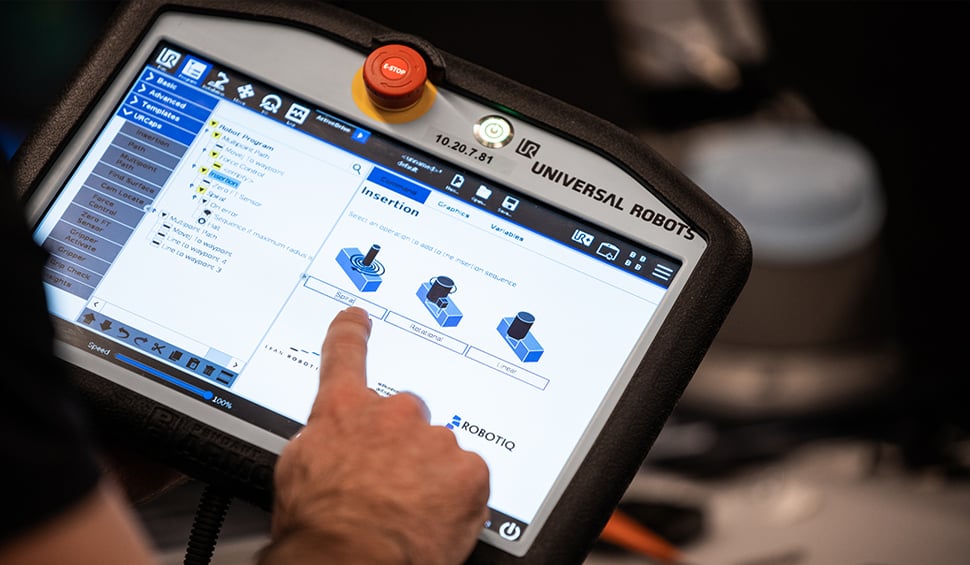
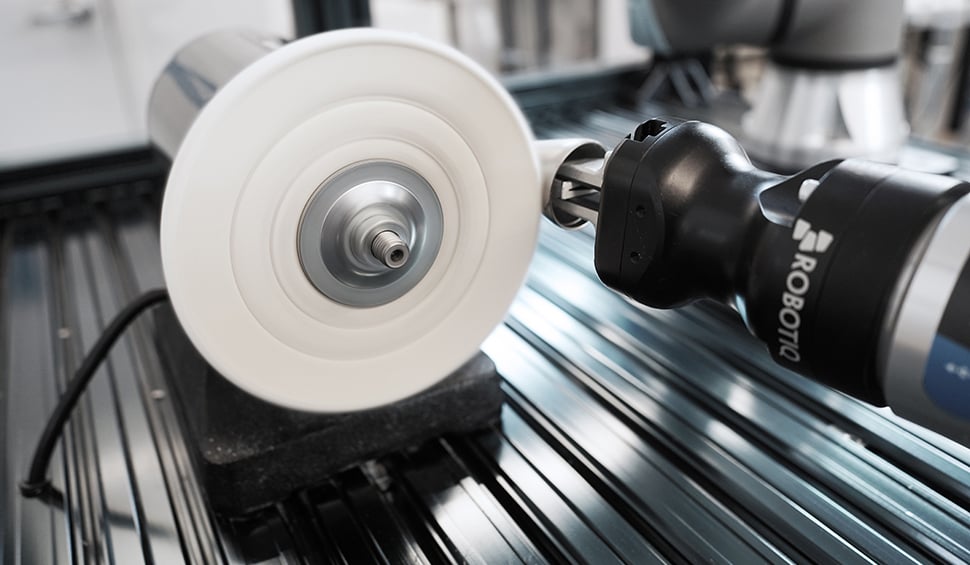
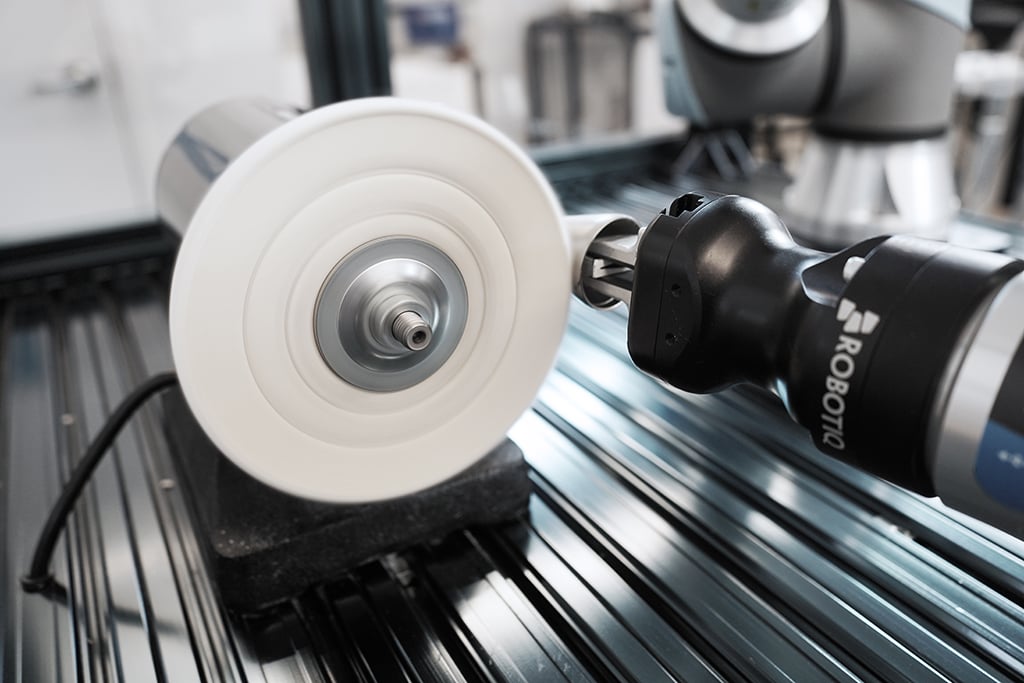
Leave a comment